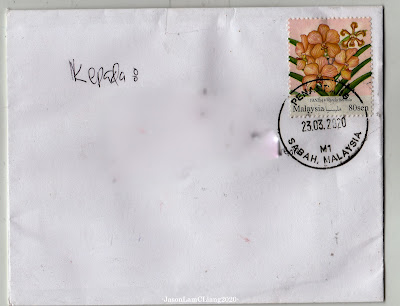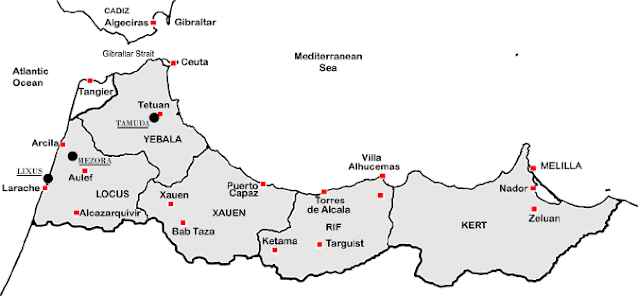WWII Censored Military Mail - Manila, Philippines to Amsterdam, New York

US Army Postal Service Collecting and studying Army Post Offices (APO) is a vast subject with over 1000 different A.P.O's between 1941 and 1945. One of the main reasons, if not, the prime reason for the development of A.P.O's is to enable soldiers to receive mail whilst maintaining anonymity. When the opportunity presents itself, by opportunity I mean military covers that are sold at very cheap prices by local sellers, I would always grab a few to study. This was sent from A.P.O. 704 (Manila, Philippines) [1] to Amsterdam on a 6¢ orange air post envelope/ postal stationery envelope (PSE) dated 26 OCT 1943. Mail under the care of postmaster of San Francisco, California. Passed by US Army Examiner 16470 Now that I wouldn't want to plagiarize information, make sure to check out Jim Forte's website. I have learnt a great deal from that site alone [2]. References: 1. A Price Guide to U.S. A.P.O. Cancels of the Second World War by Jim Forte & Richard W. Helbock 2. htt




